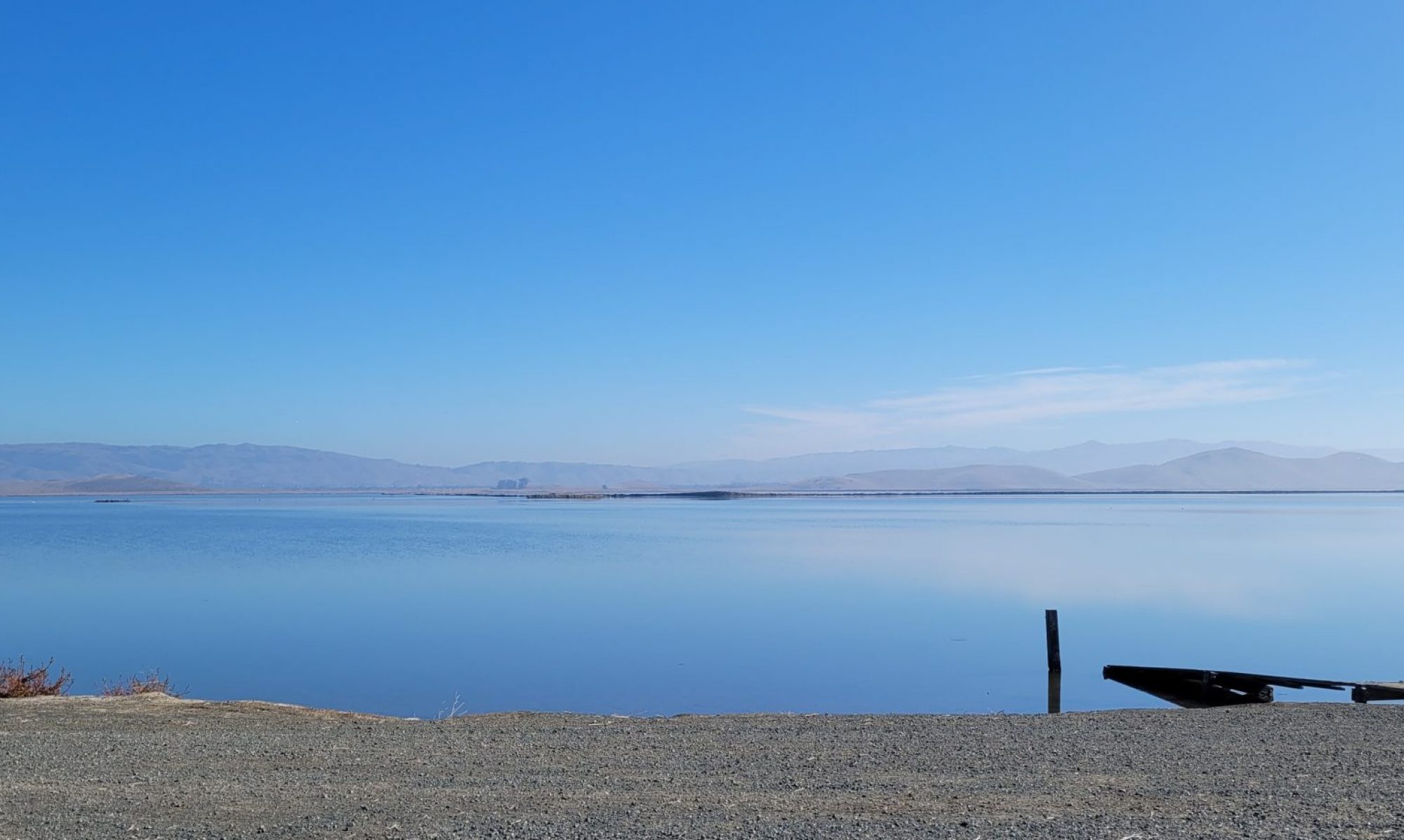For the 2023 A to Z challenge, I picked the Silk Road, a fascinating area that spanned a continent and a century. Twenty-six posts on everything from camels to Qara Qorum, with the Chinese explorers Zhang Qian & Zheng He thrown in for good measure. The alphabetical posts are listed below after a brief introduction.

I am thrilled with this idea because there are so many options for X, Q, and J. Got to love those speakers of Arabic, Persian, and Chinese!
Most of these will be short little snippets. Lots of towns, lots of medieval trade goods. Not chronological, but if you’re interested, you’ll pick up a lot of facts and ambience. Can you smell the spices on the desert breezes? Can you hear the wind rustling over the sand and the snort of the camels as they jostle for the well water?
Get ready to journey…
A is for Asia (What, Where, and When did this road come into being?)
B is for Bombyx Mori (It’s called the silk road, after all.)
C is for Camel (The most efficient transportation on the…)
D is for Dirt (Geography of the…)
E is for East (Ah, but the twain shall meet!)
F is for Frankincense (When resins ruled the world.)
G is for Giovanni da Pian del Carpine (The Pope’s envoy to the Mongols.)
H is for Heavenly Horses (hànxuèmǎ) (The horses that conquered Asia.)
I is for IBn Battutah (The other famous traveler who wrote tour books.)
J is for Jade Gate (The original border control.)
K is for Kushan (The melting pot of coinage.)
L is for Lotus (The flower of the …)
M is for Marco Polo (That glorious liar!)
N is for Nomad (The essential people of the …)
O is for the Oxus (More critical geography.)
P is for Pepper (Some say the entire trade was built on pepper.)
Q is for Qara Qorum (Wasn’t just Xanadu that had the stately pleasure dome.)
R is for Republics (The Mediterranean had its share of rivals.)
S is for Samarkand (Still standing, another key nexus on the …)
T is for Tone (The music of so many cultures around the campfire.)
U is for Ulbricht (A modern Silk Road guy, the dark web and the …)
V is for Vikings (The Norsemen had a water route down the …)
W is for Wine (7000 year old grapes!)
X is for Xi’an 西安 (The place, the heart at one end of the ….)
Y is for Yersinia pestis (More about the Black Death.)
Z is for Zhang Qian & Zheng He (Forget the Venetian exaggerator; these were the real world travelers of the …)





